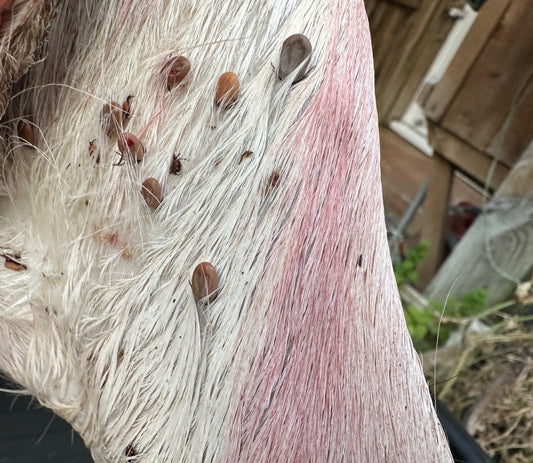The natural wariness deer exhibit towards humans is a fundamental aspect of their survival strategy, ensuring a delicate balance between wildlife and human populations. However, in many areas, this inherent fear has diminished, leading to increased interactions between deer and humans. While such occurrences might seem harmless or even charming to some, they carry significant implications for both parties involved.

Deer that lose their fear of humans often inhabit areas where they frequently encounter people, such as suburban neighbourhoods or parks. This change in behaviour can be attributed to a variety of factors, including urban expansion into natural habitats and the availability of easy food sources, such as gardens or discarded waste. Over time, these deer learn that humans are not an immediate threat, which can alter their natural behaviors significantly.
For the deer, the loss of fear can lead to a range of negative outcomes. Firstly, it increases the likelihood of deer venturing into human-dominated areas in search of food, leading to potential traffic accidents, which not only pose a danger to human life and property but can also result in serious injury or death for the deer. Additionally, deer that become accustomed to human-provided food may lose the ability to forage naturally, impacting their health and survival skills, especially in harsher conditions or when human food sources become scarce.
Another concern is the increased risk of disease transmission. Deer that congregate in suburban or urban areas are more likely to spread diseases amongst themselves and potentially to humans and pets. This close proximity can also facilitate the spread of parasites and other pathogens, posing public health risks.
On the human side, the encroachment of deer into residential areas can lead to several issues. Gardens and landscapes can suffer extensive damage as deer seek out easy meals, leading to frustration for homeowners and economic losses for agricultural producers. In areas where deer populations are high, the risk of Lyme disease and other tick-borne illnesses increases as deer act as carriers for ticks.
Furthermore, the presence of deer on roads, especially in areas where they have lost their fear of vehicles, significantly increases the risk of traffic accidents. These incidents can result in injury or even fatality for drivers and passengers, alongside considerable damage to vehicles.
Addressing the issue of deer losing their fear of humans requires a multifaceted approach. Communities can implement strategies such as fencing to protect gardens, using deer-resistant plants, and discouraging feeding deer, whether intentionally or unintentionally. Education plays a crucial role, helping communities understand the risks associated with close deer-human interactions and promoting coexistence strategies that keep deer wild and wary.
Wildlife management practices, including controlled culling or relocation in overpopulated areas, can help maintain deer populations at levels that minimise human-deer conflicts. These measures, combined with efforts to preserve and restore natural deer habitats, can encourage deer to remain within their natural environments rather than seeking out human-dominated landscapes.
The diminishing fear of humans among deer populations presents complex challenges that require thoughtful, coordinated responses from wildlife professionals and communities alike. By understanding the implications for both deer and humans, we can work towards solutions that ensure the safety and well-being of all parties involved. The goal is to restore a natural balance, allowing deer to thrive in their habitats without encroaching too closely into ours, thereby reducing the potential for conflict and fostering a harmonious coexistence.





